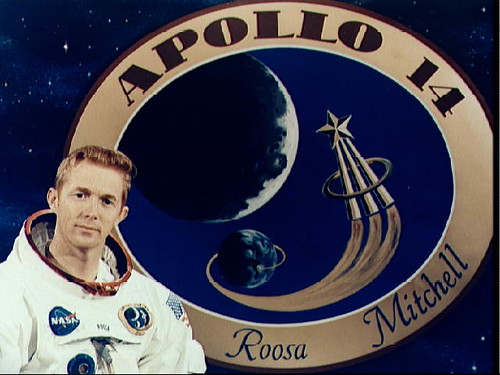
Many space enthusiasts know that one of the U.S. Forest Service’s most famous former employees was astronaut Stuart Roosa. The smokejumper circled the moon as part of NASA’s Apollo 14 mission more than 40 years ago.
However, what most folks don’t know is that Roosa brought a group of tiny travelers along for the ride. After all these years, they’re still among us today, living quietly across the United States. Their names – Douglas fir, sequoia and loblolly pine – are familiar to most everyone because they were seeds from these and other well-known tree species.
But just call them by their cool 1970s-sounding name: Moon Trees
To get them into space, Roosa carried a metal canister about the size of a soda can in his personal kit filled with more than 500 seeds from loblolly pine, redwood, sweet gum, sycamore and Douglas fir trees. He did it in part to honor the Forest Service, where, as a smokejumper, he was a first responder to forest fires.
As the command module pilot on the Apollo 14 mission, Roosa was contacted by Ed Cliff, then Chief of the Forest Service. Cliff proposed the idea of taking the seeds along as an experiment, but more so as a publicity stunt, to see how they would grow back on Earth after being exposed to the harsh realities of space travel, including zero gravity and radiation.

After Apollo 14’s splashdown, the Forest Service oversaw planting of the seeds and 450 Moon Trees sprouted.
By 1975, the Moon Trees had grown large enough that they could be transplanted. For the next few years, NASA and the Forest Service shipped the saplings out to be planted in parks and on the grounds of state capitols, schools and government buildings including the grounds of the Forest Service’s Pacific Southwest Research Station’s Institute of Forest Genetics in Placerville, Calif. and the Harrison Experimental Forest near Saucier, Miss. Find out where other Moon Trees are growing.




